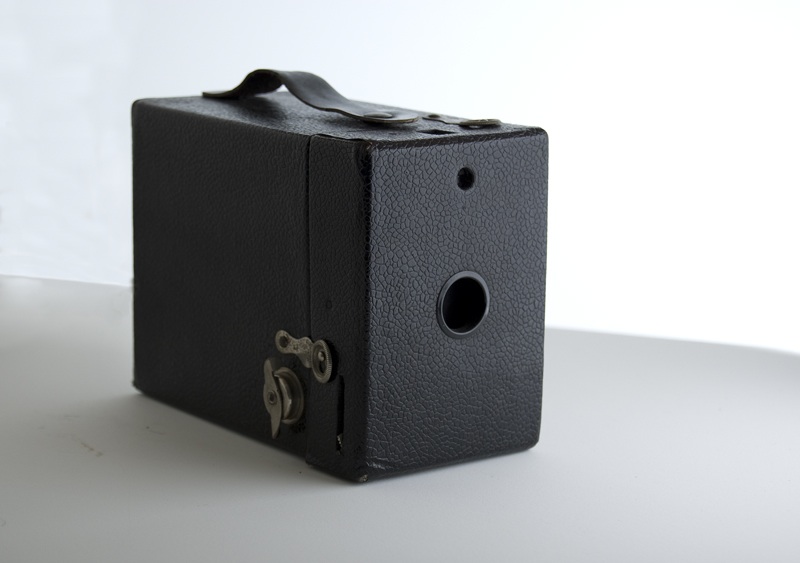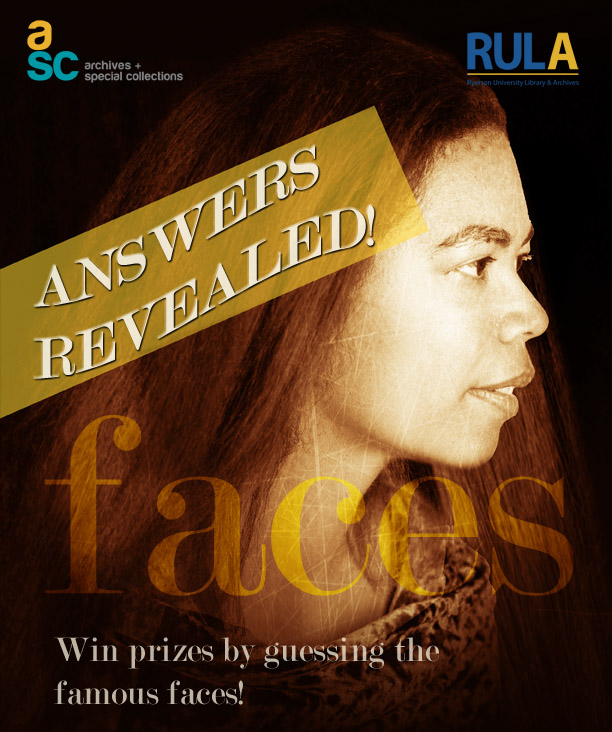Thanks to all who participated in our holiday quiz for 2010/11! Two lucky winners will receive emails notifying them of their prizes: Grand Prize $50 bookstore gift certificate for correctly identifying the famous faces OR a Second Prize $25 Starbucks gift card for guessing the Bonus Face correctly.
Want to see how you did on the quiz? Check out the answers below or on the 4th floor of the Library, in the Special Collections display cases (to see the accompanying portraits).
1. Marian Anderson, 1897-1993 Singer, performer, diplomat, trailblazer
“Marian Anderson Award: Marian Anderson Bio,” 2005.
2. Eugène Atget, 1857-1927 Actor, Photographer, Documentarian
“Eugene Atget / Biography & Images.” http://www.atgetphotography.com/The-Photographers/Eugene-Atget.html
3. Abraham Lincoln, 1809-1865 President, Orator, Egalitarian
“Abraham Lincoln | The White House.”
4. Audrey Hepburn, 1929-1993 Actress, Dancer, Humanitarian
“Audrey Hepburn’s Children’s Fund – The Real Audrey.”
5. Winston Spencer Churchill, 1874-1965 Prime Minister, Soldier, Strategist
“Why study Winston Churchill?”
6. Vladimir Ilʹich Lenin, 1870-1924 Rebel, Communist, Exigent Leader
Ryerson Library Catalogue resources
7. Elizabeth II, Queen of Great Britain, 1926- Queen, Patron, Animal lover
“Her Majesty the Queen,” 2010/11.
8. Georgia O’Keeffe, 1887-1986 Painter, Model, Modernist
“O’Keeffe Museum > Her Life,” 2008.
9. Mahátma Gándhí, 1869-1948 Spiritual Leader, Reformer, Pacifist
“National Gandhi Museum,” 2011.
10. St. Nicholas, ?- 343 Bishop, Saint, Icon
“St. Nicholas Centre: Discovering the Truth about Santa Claus,” 2002-2010.
BONUS: Cecile Farnum, Communications Librarian
Subject Liaison: Gerontology, Occupational and Public Health, Philosophy

















